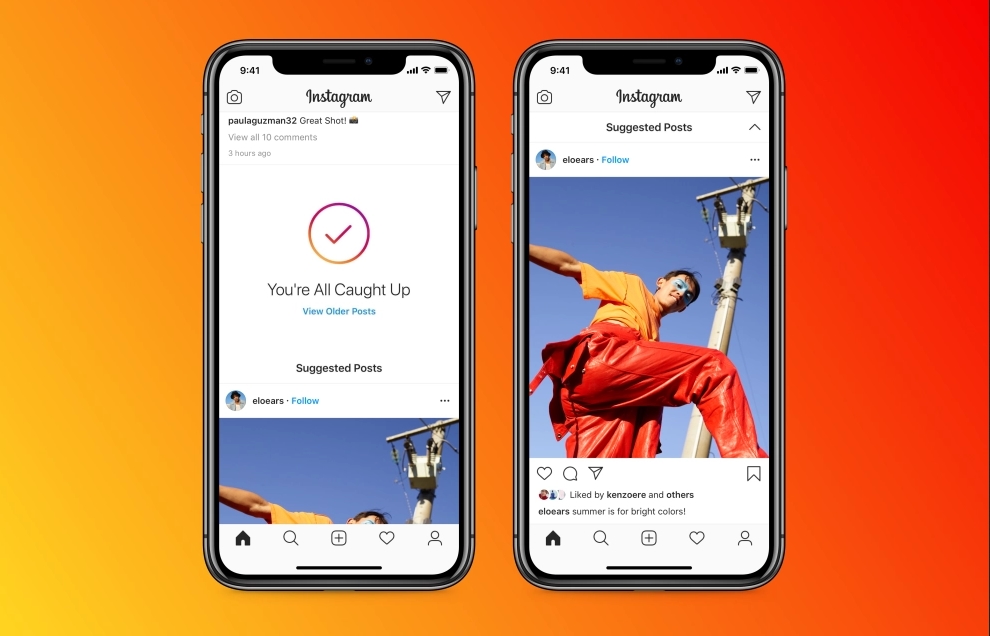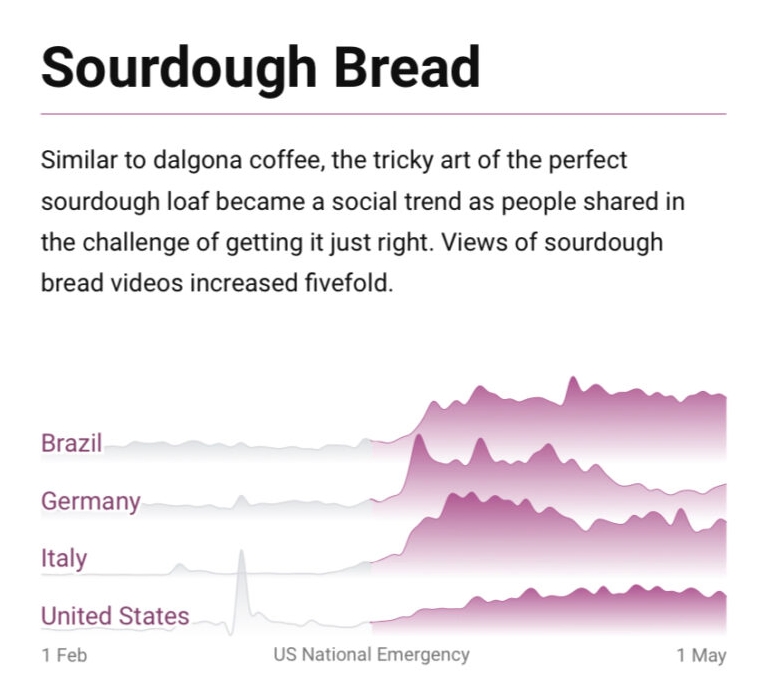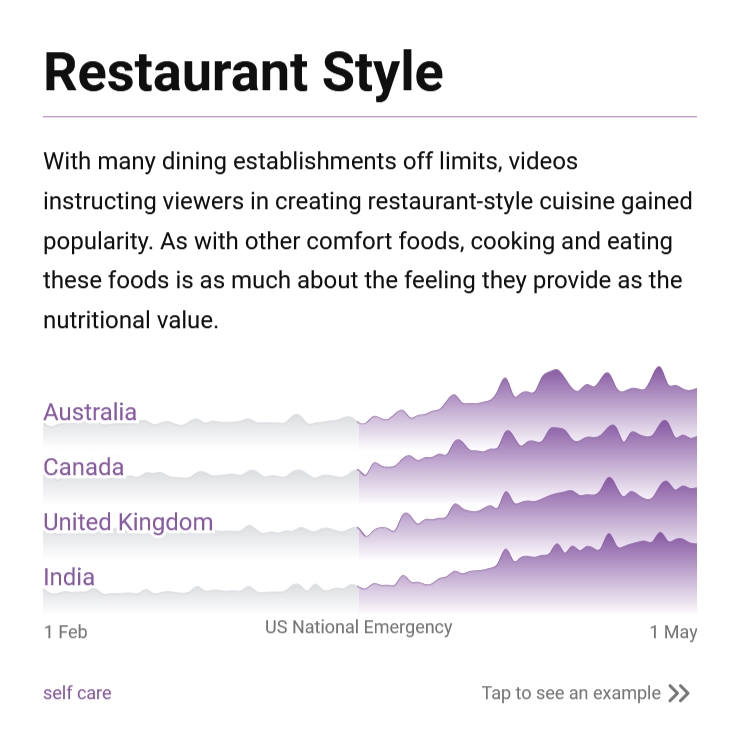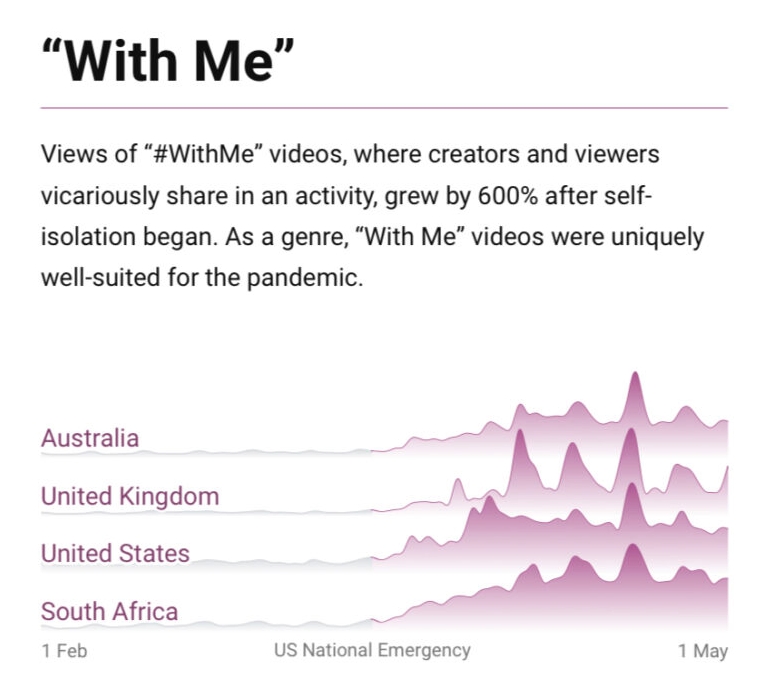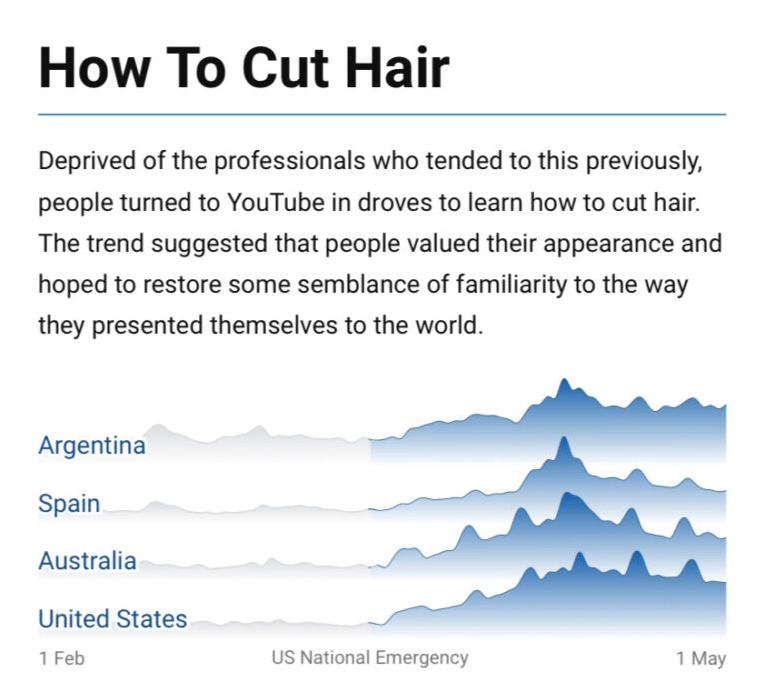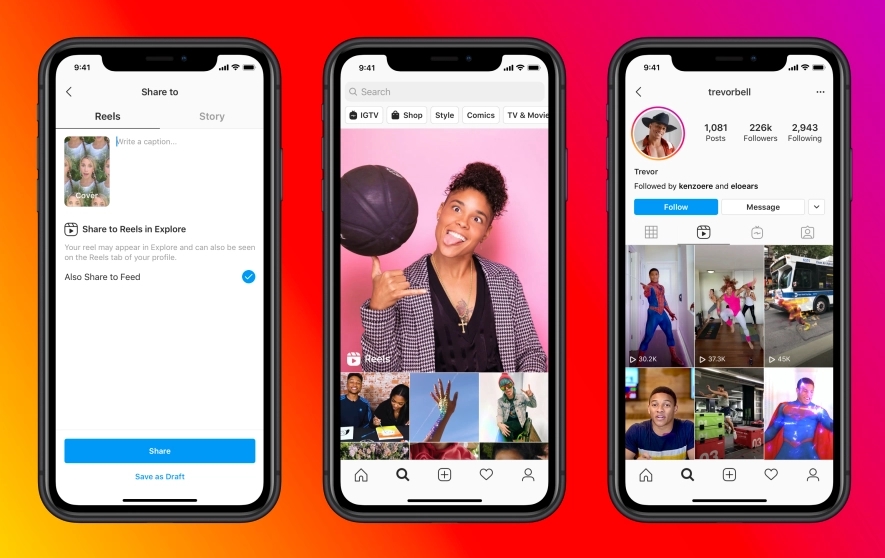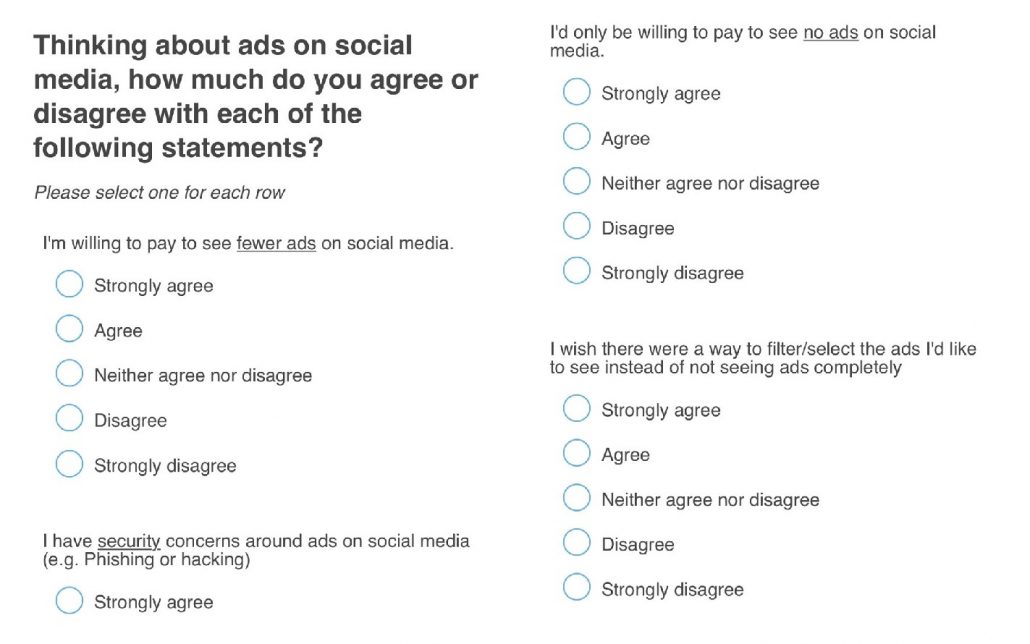A new study of over 22 million Instagram posts suggests Carousels are the key to success on the platform, rather than posting single photos or videos at a time.
The findings come from Socialinsider’s recent report, which found posts containing a carousel receive more engagement than any other type of post.
Even more, the researchers dug into exactly what type of carousels receive the most clicks and engagement and what type of copy encourages action on these posts.
The Big Picture
Carousels took some time to catch on. In 2017, Socialinsider says just 3-4% of all Instagram content included carousel posts. By July of this year, that had climbed to 19%.
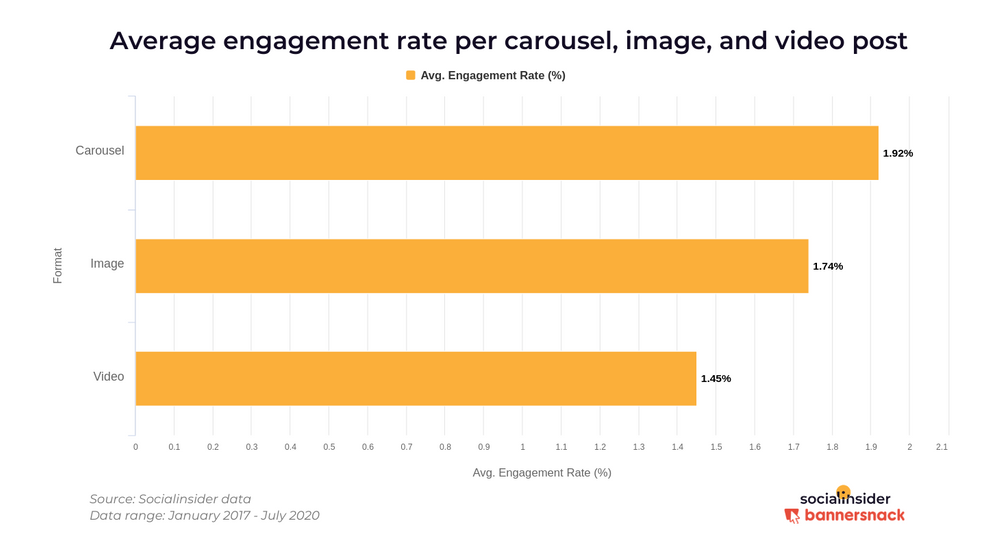
In general, carousel posts saw an average engagement rate per post of 1.92%, while images received 1.74% and videos got 1.45%.
When the carousel used all 10 pictures possible, that engagement rate climbed even more, though most carousels only included 2-4 slides. Just 6% of carousel posts actually utilized all 10 slides available.
Do More Slides Equal More Engagement?
While posts with the max amount of slides do perform the best, the study revealed that the situation isn’t as simple as “more images equals more engagement”.

Interestingly, it appears engagement decreases significantly with each additional image for posts with 2-5 slides. After this tipping point, though, engagement rapidly jumps as you add even more slides to the post.
Essentially, this shows that if you are going to include more than just 1-3 images, you should go ahead and fill at least 8 slides – if not all 10.
Mixing Media Pays Off
Another surprising detail uncovered in the data is that combining photos and videos in the same post tends to generate the highest engagement rate per post at 2.33%.
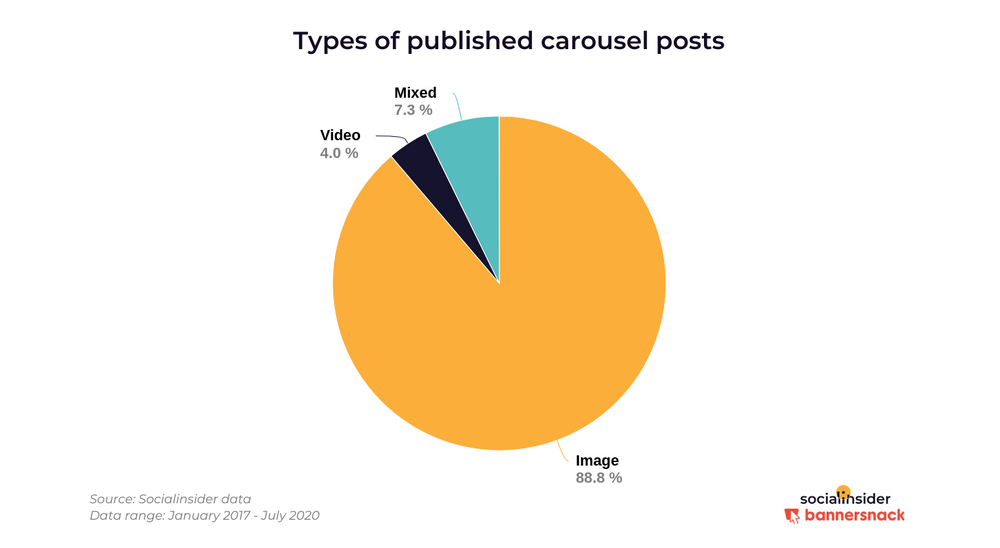
Despite this, the vast majority of carousel posts (88%) were entirely photo-based. Just 7% of carousel posts included both types of media, while 4% were video-only.
This is particularly interesting because video-based carousels slightly outperformed image-only carousels (1.86% compared to 1.80%) and drove significantly more comments.
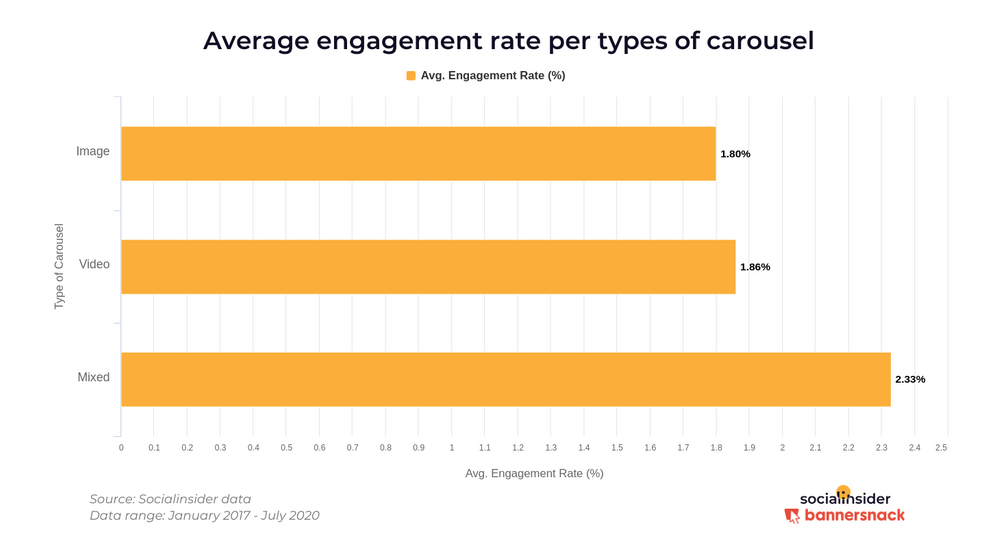
Posts that included only videos drive a median 26 comments per post, while mixed media carousels receive 16 comments per post. Image-only carousels, meanwhile, see a median of just 7 comments per post.
Tell Users to “Swipe Left”
It might seem unnecessary to tell people to “swipe left” when posting a carousel as Instagram automatically shows an icon indicating users can swipe through a post.
According to the study, though, posts that include a message instructing to “swipe left” actually do perform slightly better than those without a similar call-to-action (2% vs 1.83%).
More in-depth information about these findings and other revealing information can be found in the full report here.

